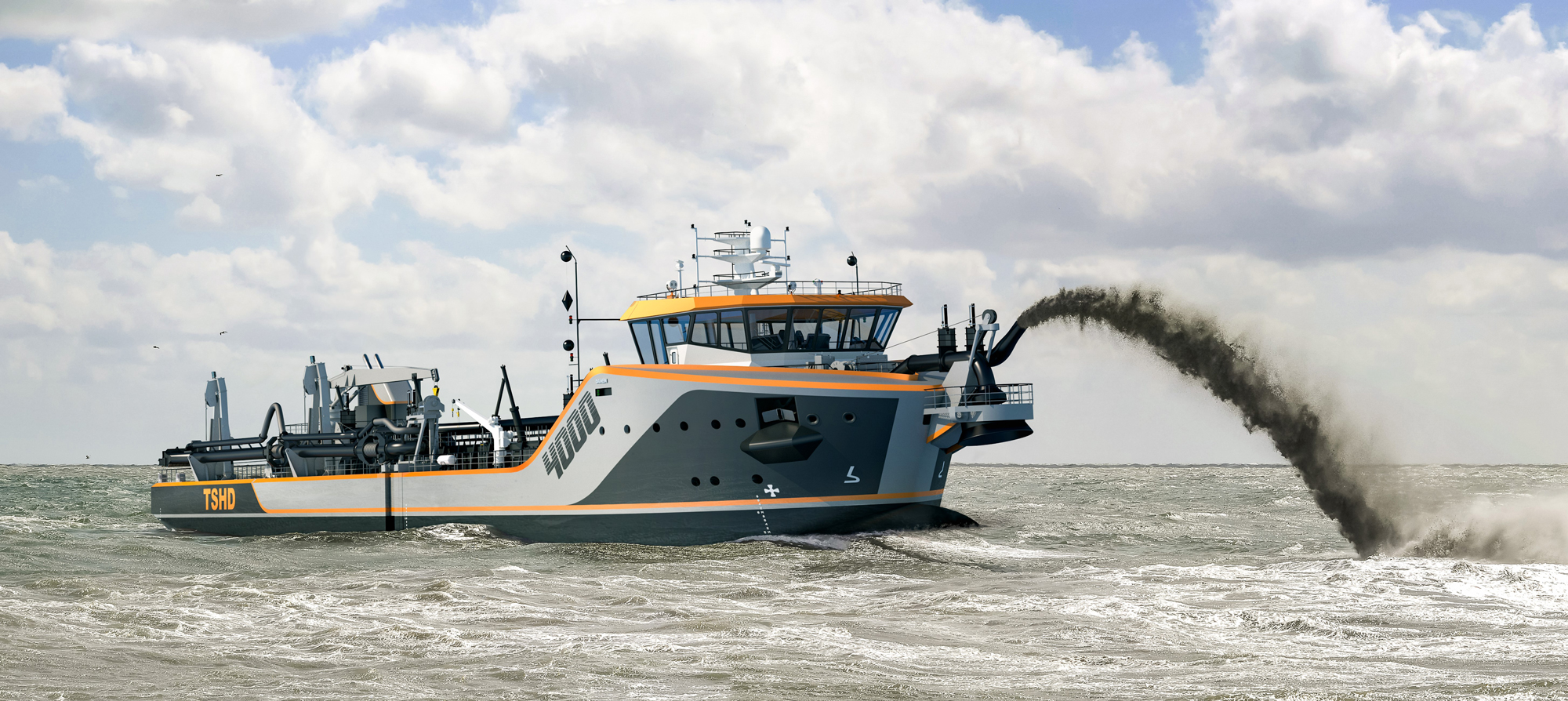Real-Time Dredge Monitoring Systems
Dredging, the process of excavating underwater sediments to deepen waterways or reclaim land, plays a crucial role in various industries such as construction, mining, and environmental remediation. Over the years, advancements in technology have revolutionized the dredging industry, making operations more efficient, cost-effective, and environmentally friendly. In this article, we’ll explore some of the latest innovations in dredging technology and their implications for the industry.
Integration of Remote Sensing and GIS Technologies
- Automation and Robotics: One of the most significant advancements in dredging technology is the integration of automation and robotics. Autonomous dredging vessels equipped with advanced sensors, GPS, and artificial intelligence algorithms can now perform dredging operations with minimal human intervention. These vessels can precisely navigate waterways, monitor sediment levels, and optimize dredging processes, leading to increased productivity and reduced operational costs.
- Dredge Monitoring Systems: Innovative dredge monitoring systems utilize real-time data analytics and remote sensing technologies to monitor dredging operations more effectively. These systems can track sediment movements, analyze dredge efficiency, and provide valuable insights to operators for better decision-making. By optimizing dredge parameters in real-time, such as pump speed and suction pressure, operators can maximize dredging efficiency while minimizing environmental impact.
- Sustainable Dredging Solutions: With growing concerns about environmental conservation, there has been a significant focus on developing sustainable dredging solutions. Innovative technologies such as eco-friendly dredging equipment, sediment recycling systems, and bio-dredging techniques are being employed to minimize the ecological footprint of dredging operations. These sustainable practices not only reduce environmental harm but also enhance the reputation of dredging companies as responsible stewards of the environment.
- Dredging Equipment Advancements: Advancements in dredging equipment have also contributed to the efficiency and effectiveness of dredging operations. Modern dredges are equipped with powerful pumps, advanced hydraulic systems, and versatile attachments that enable them to tackle a wide range of dredging projects with precision and accuracy. Additionally, the use of lightweight materials and modular designs has made dredging equipment more portable and easier to transport, allowing for greater flexibility in project execution.
- Remote Sensing and GIS Technologies: Remote sensing and Geographic Information System (GIS) technologies are playing an increasingly important role in dredging planning and monitoring. Satellite imagery, aerial surveys, and LiDAR scanning enable dredging companies to accurately map underwater topography, identify sediment hotspots, and assess environmental impacts before and after dredging activities. By integrating remote sensing data with GIS software, planners can optimize dredging strategies and mitigate potential risks more effectively.
Conclusion:
The dredging industry is experiencing a wave of technological innovation that is reshaping how dredging operations are planned, executed, and monitored. From automation and robotics to sustainable dredging solutions and advanced monitoring technologies, these innovations are driving efficiency, reducing costs, and minimizing environmental impact. As the demand for dredging continues to grow, embracing these cutting-edge technologies will be essential for the industry to meet the challenges of the future while maintaining a sustainable and responsible approach to marine and coastal management.
